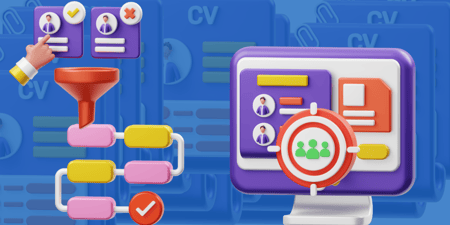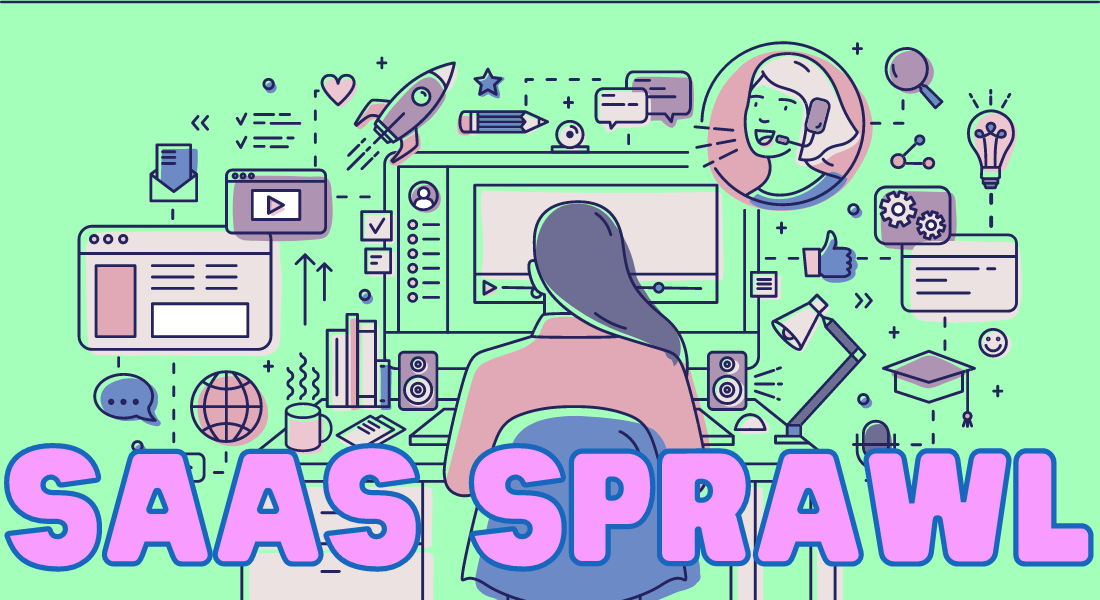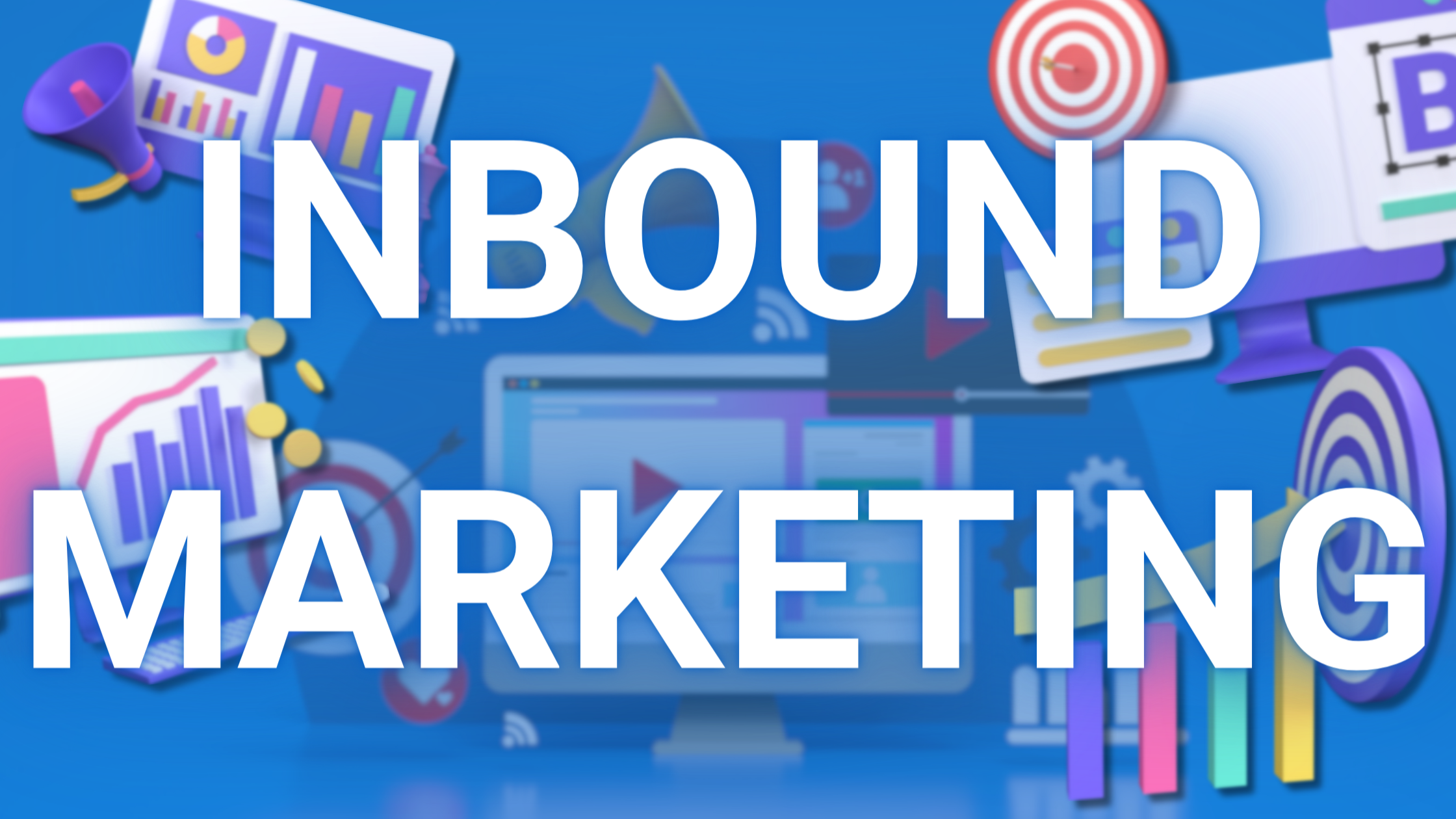Build an Automated Lead-Gen System for Inbound Marketing
Disclaimer: This post may contain affiliate links. If you use these links to make a purchase, we may earn a commission at no extra cost to you. This helps support our business and keep our blog running. Please note that we only recommend products that we believe in and use ourselves.
Question
"How much time do you spend each day trying to generate more leads for your business?"
Answer
"Too much."
Lead generation doesn't involve flipping through a phone book anymore, but that doesn't mean it's actually "evolved" for most businesses. It's too common to measure outbound sales rep performance based on leads generated. Because of this, cheap lead-generation farms continue to do well, while the companies buying from them struggle to find business.
That brings us to the reason for this article: finding a balance between volume and quality. Things like inbound marketing agencies, email marketing tools, and more, mean a sales team of 1 has never been more powerful.
So with that in mind, here's how to build a high-performing lead-generation system for your company:
- Understand Your Audience (Like, Really Understand Them)
- Create Attention-Grabbing Content (No, Not Cat Videos)
- SEO is Your New Best Friend (Sorry, Old Best Friend)
- Landing Pages and Forms (The Online Equivalent of "Sign Here, Please")
- Email Marketing (Because Who Doesn't Love Getting Emails?)
- Analyze and Optimize (Because "Set It and Forget It" Only Works for Rotisserie Chickens)
- Call Your Leads. Immediately. Really.
Step 1: Understand Your Audience (Like, Really Understand Them)
 Before you start building your lead-generation machine, you need to know who your target audience is. And no, in case you're wondering, "people who buy stuff" is not a good enough answer.
Before you start building your lead-generation machine, you need to know who your target audience is. And no, in case you're wondering, "people who buy stuff" is not a good enough answer.
The first step is to create detailed buyer personas, which is kind of like online dating for customers. You need to avoid just "swiping right" on everyone; your business has an ideal customer, and you need to know it. Take time to research your customers and thoroughly understand why they choose to buy from you.
While doing this, you need to factor in things like age, gender, job title, income level, interests, goals, challenges, and more. It sounds like a lot, but without these details, your "ideal customer" reverts back to "people who buy stuff". One of the biggest benefits of this exercise is how much it helps you with marketing and content strategies. Knowing who the right customer is means you know the right message to send them.
There are plenty of tools to help you with this. HubSpot's Make My Persona is a fun (and free!) tool that can make this process particularly straightforward. It's like playing a business version of The Sims (but without the random fires).
Step 2: Create Attention-Grabbing Content (No, Not Cat Videos)
 Once you know your audience, it's time to lure them in with some killer content. This could be blog posts, eBooks, webinars, or interpretive dances about your product. The last one might sound silly, but we don't know your audience - you do. Maybe that's what they want to see from your company!
Once you know your audience, it's time to lure them in with some killer content. This could be blog posts, eBooks, webinars, or interpretive dances about your product. The last one might sound silly, but we don't know your audience - you do. Maybe that's what they want to see from your company!
Remember, your content should be valuable to your audience. If you sell gardening tools, a blog post about the latest celebrity gossip isn't going to cut it. However, if the post is about a celebrity's secret passion for gardening, you might be onto something.
It's impossible to list all of the content marketing platforms and services available now, and AI services are just getting started. If you're looking for an all-in-one inbound lead generation platform, we highly recommend HubSpot. You can spend thousands of dollars per month, but they don't make you. HubSpot offers free plans that let you get started, and you can expand as your business does.
When it comes to content platforms, we're big fans of Jasper.ai. We don't recommend using AI to do all of your writing, but tools like this pretty much cure writer's block.
Step 3: SEO is Your New Best Friend (Sorry, Old Best Friend)
 You've got your audience and you've got content, but now you need to bring the two together. SEO (Search Engine Optimization) can still seem like the internet's alternative to snake oil sales. Admittedly, there's a good reason for this, thanks to a long history of companies trying to unfairly manipulate search results.
You've got your audience and you've got content, but now you need to bring the two together. SEO (Search Engine Optimization) can still seem like the internet's alternative to snake oil sales. Admittedly, there's a good reason for this, thanks to a long history of companies trying to unfairly manipulate search results.
With that said SEO helps your audience find your content, so learning to use it the right way is important. A good place to start is with popular tools for
There are many tools to help with this, but SEMRush is a popular choice. Beyond the many tools available for boosting SEO, their academy is one of the quickest ways to upskill with SEO.
Step 4: Landing Pages and Forms (The Online Equivalent of "Sign Here, Please")
 Now that you've got people coming to your site, you need to capture their information. This is where landing pages and forms come in. They're like the bouncers of your website, checking IDs and making sure only the cool people get in.
Now that you've got people coming to your site, you need to capture their information. This is where landing pages and forms come in. They're like the bouncers of your website, checking IDs and making sure only the cool people get in.
Creating an effective landing page usually requires some knowledge of design and UX (user experience). Landing pages have been researched long enough for there to be significant research on what makes them work best. You need to consider the layout, colors, images and - of course - the actual content on the page too.
We strongly encourage you to learn as much as possible about what makes a successful landing page. We also understand that isn't practical for everyone, which is why we think platforms like Unbounce are great, too. It's kind of like having an interior designer for your website who helps with the little things you're going to overlook.
Step 5: Email Marketing (Because Who Doesn't Love Getting Emails?)
 We all know emails are more "miss" than "hit" when it comes to which ones you actually read. However, we all still open up our emails fairly regularly (even if it's mostly for work). The thing that makes the difference here is - you guessed it - content quality.
We all know emails are more "miss" than "hit" when it comes to which ones you actually read. However, we all still open up our emails fairly regularly (even if it's mostly for work). The thing that makes the difference here is - you guessed it - content quality.
It's one thing to get leads, but it's another thing entirely to provide them with content that nurtures your new relationship. Quality, personalized emails will move leads from consideration to decision, whereas bland, impersonal emails do the opposite. It's like sending your leads a love letter, but less creepy.
There are plenty of email-specific platforms that can help with this but, because we prefer simplicity, we usually go elsewhere. We already mentioned HubSpot earlier but platforms like that, Zoho, and Pipedrive offer comprehensive solutions. A solid all-in-one platform will help you target the right customers at the right time with the right content.
In the end, the most important thing is finding an email marketing platform that works for you, and using it!
Step 6: Analyze and Optimize (Because "Set It and Forget It" Only Works for Rotisserie Chickens)
 Last, but certainly not least, we get to the ultimate step in the process: analyzing your results. This is the part where you figure out how everything's going and adjust your promotional strategy for the best results. This isn't a one-and-done deal. It's more like shampoo: lather, rinse, repeat.
Last, but certainly not least, we get to the ultimate step in the process: analyzing your results. This is the part where you figure out how everything's going and adjust your promotional strategy for the best results. This isn't a one-and-done deal. It's more like shampoo: lather, rinse, repeat.
By the time you get here, Google Analytics is table stakes. You need to know what resonates with your audience, and how you can improve their experience. This is the step where your audience goes from "defined" to "refined".
Google's search algorithm is kind of like a crystal ball. You probably have no idea what's actually happening in there, but somehow it's right more often than not. Conveniently, Google Analytics helps remove most (or at least some) of the mystery of how Google works.
For example, even if you've gone through all the work above, you can't be 100% sure everything will work. If the only way you're measuring success is by how many emails bounce or sales you get, you have a problem. That's where Google Analytics comes in handy. It breaks down interactions with your content, letting you see if you're aimed at the right target.
If you're lucky enough to hit a bullseye with the first round, then congratulations! Most of us aren't that lucky though, and it becomes necessary to refine either the content and outreach.
Step 7: Call Your Leads. Immediately. Really.
 Calling leads as soon as possible can mean the difference between closing and losing a deal. Studies show that calling a lead within 5 minutes of them reaching out equals a 21x conversion increase vs. waiting 30 minutes.
Calling leads as soon as possible can mean the difference between closing and losing a deal. Studies show that calling a lead within 5 minutes of them reaching out equals a 21x conversion increase vs. waiting 30 minutes.
This is especially true for businesses whose clients may be shopping around for services and prices. When someone reaches out to multiple vendors, time can become a deciding factor in who they choose. If they get a callback within five minutes, it shows that your business takes their request seriously and values their time.
Having killer inbound marketing services or paying huge sums to a lead generation agency doesn't matter unless you call first. This is actually where marketing automations make the biggest difference. Our favorite combination is HubSpot + Kixie:
- A lead submits a form, downloads an eBook, etc. and is added to your Contacts
- The submitted form kicks off an automation ("Workflow") that is integrated with Kixie
- Kixie auto-dials available sales reps, and if someone's available it automatically calls the lead.
Just like that, a sales rep is on the phone with a highly-qualified lead in minutes! It's one of those things you really have to experience for yourself. The experience is much more positive for the customer and the sales rep.
Conclusion
Getting leads is only half the battle when it comes to growing your business. Getting in front of those leads is what makes the difference between "hot" and "cold".
For most people, automations are the way to make this happen. If you'd like help figuring out what options fit best with your company's existing processes, let us know! We regularly work with clients to find and implement services like this, and we'd love to get to know you.
.png?width=200&height=80&name=lexcan%20simplify%20work%20banner%20v4%20(200x100).png)






